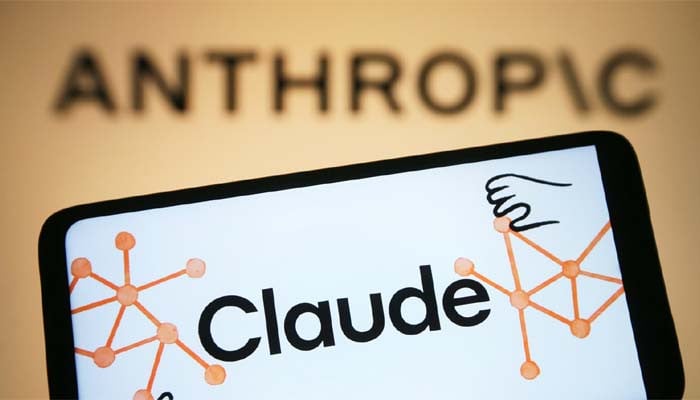The rapid advancements in artificial intelligence (AI) have led to an ever-increasing array of tools designed specifically for automation and productivity enhancement. Recent developments, such as Anthropic’s release of Claude Sonnet 4.5 and OpenAI’s report of significant revenue growth, highlight the ongoing competition in the AI space. For small to medium-sized business (SMB) leaders and automation specialists, understanding the strengths, weaknesses, costs, return on investment (ROI), and scalability of these platforms is vital to making informed decisions.
Anthropic’s Claude Sonnet 4.5 offers a robust solution for addressing multi-step projects, boasting high-performance rankings in established benchmarks such as SWE-bench Verified and OSWorld. This model is particularly well-suited for complex coding tasks, providing advantages in project management that extend over extended periods, arming businesses with tools to efficiently handle intricate tasks. The new upgrades—such as memory features and direct code implementation capabilities—further enhance its functionality. However, these advanced features may come at a higher entry cost compared to other platforms, a factor that potential users must consider carefully against their operational budget.
OpenAI, on the other hand, recently reported a dramatic increase in revenue, reaching $4.3 billion in the first half of 2025, signaling both the demand for AI solutions and the commercial viability of their technologies. Their flagship product, ChatGPT, has received a new “Instant Checkout” feature that simplifies online purchasing for users, thereby expanding its utility as a business tool beyond mere chat interactions. While OpenAI’s offerings appear more geared towards a broader user base, including individual consumers, it raises concerns about potential fragmentation in its platform functionality. This could lead to challenges for SMBs trying to fit their business processes into a tool that may be optimized for consumer interactions.
When comparing these emerging tools, it becomes evident that both Claude Sonnet 4.5 and ChatGPT have distinct characteristics that cater to different aspects of business automation. Claude Sonnet 4.5’s focus on complex coding and automation provides a strong advantage for companies that rely heavily on tech-driven solutions. In contrast, OpenAI’s product suite, while versatile, may lead to diminished capacity for specialized tasks that require a higher level of customization and complexity.
Cost considerations also play a pivotal role in deciding between these tools. While Anthropic aims to position Claude Sonnet 4.5 as a “sharp drop-in replacement” across various applications, this may not negate the need for investing in additional training or adjustments within user organizations. Conversely, OpenAI’s substantial cash reserves and lower profit margins could lead to an emphasis on future enhancements—increasing the long-term appeal of its offers. For SMBs with limited budgets, calculating the total cost of ownership for these platforms is essential. This includes considering not just subscription fees but also the potential costs of staff training, integration with existing systems, and ongoing maintenance.
ROI calculations further elucidate the prospective value of each platform. Businesses employing Anthropic’s tools for intricate coding tasks may find quicker turnaround times and improved project success rates, translating into higher profit margins. However, this assumes an initial investment in the necessary expertise to fully leverage the platform’s capabilities. On the flip side, the broad accessibility of OpenAI products may yield an easier entry point for less technical teams, potentially fostering rapid adoption in customer service scenarios and marketing automation, thereby increasing sales and customer engagement more immediately.
Scalability is another crucial dimension where these platforms differ. Claude Sonnet 4.5 is designed for heavy lifting and might require extensive resources to maintain efficiency as organizational demands grow. This can be a limiting factor for SMBs looking to expand without proportionally increasing their technological overheads. OpenAI’s ecosystem, meanwhile, promises relatively straightforward scalability due to its consumer-focused features, which can be seamlessly integrated into various aspects of a business without necessitating an overhaul of his infrastructure.
In conclusion, SMB leaders and automation specialists must carefully analyze the specific needs of their businesses when considering these AI tools. Both Anthropic and OpenAI present compelling options with unique advantages and trade-offs. The decision hinges on contextual factors such as existing workflows, budgetary constraints, and long-term growth objectives. Businesses looking for deep, specialized automation should consider Claude Sonnet 4.5, whereas those prioritizing ease of use and rapid deployment in general operational areas may find OpenAI’s offerings to be more appropriate.
FlowMind AI Insight: As both platforms continue to evolve at an unprecedented pace, staying updated on their latest features and enhancements will be critical for businesses seeking to leverage AI effectively. Choosing the right automation tool is not merely a technical investment but a strategic decision that can significantly influence operational success and competitive advantage.
Original article: Read here
2025-09-30 13:11:00

